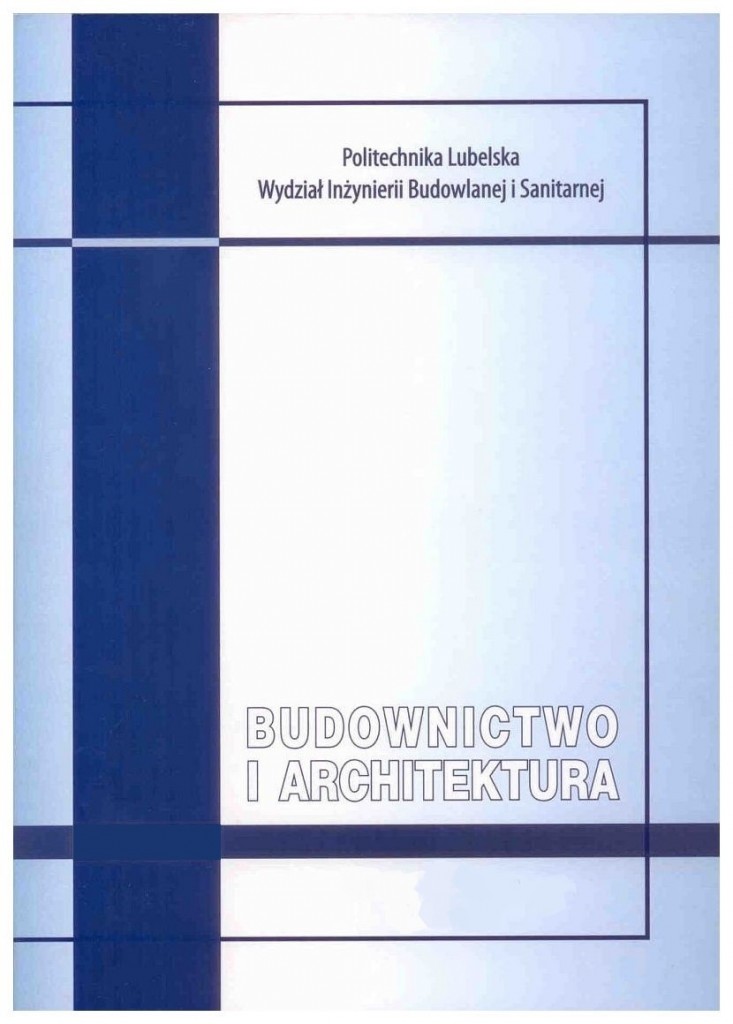Author(s): Dejan P. Đorđević,Tijana Dabović,Bojana Poledica / Language(s): English,Serbian
Issue: 2/2017
Over the last decade of the 20th century the history of the spatial planning was accredited as a subject at schools worldwide, gained its special periodical and accompanying professional organization. When it comes to the Belgrade school of planning, the subject called spatial planning was introduced by the accreditation of the new curriculum at the Department of Spatial Planning of the Faculty of Geography in Belgrade in 2007. Nowadays at the international level and in our country, a serious theoretical discussion on the reach, direction and practical purpose of this subject is underway, and the questions which are posed thereby are sometimes provocative, controversial and far-reaching. These are the most common questions: What is the definition of the planning history? Why teach it? Who can teach it? How to teach it? What is the suitable content of the curriculum of the planning history? Although, this paper aims at the consolidation of the topics and providing the logical connections between the answers to the above questions, it, at same time, reflects the diversity of the individual approaches to planning history, which are the result of the peculiar circumstances in which spatial planning is taught in some countries, with different traditions of planning and different value systems. Nevertheless, the aim of the paper is the definition of something which can be called "intellectual nucleus" of a great topic called history (of spatial and urban) planning and which should be based on the logical theoretical and methodological premises, and, at the same time, should be comprehensible to students, through the flexible curriculum, and it should be applicable in practice.
More...











